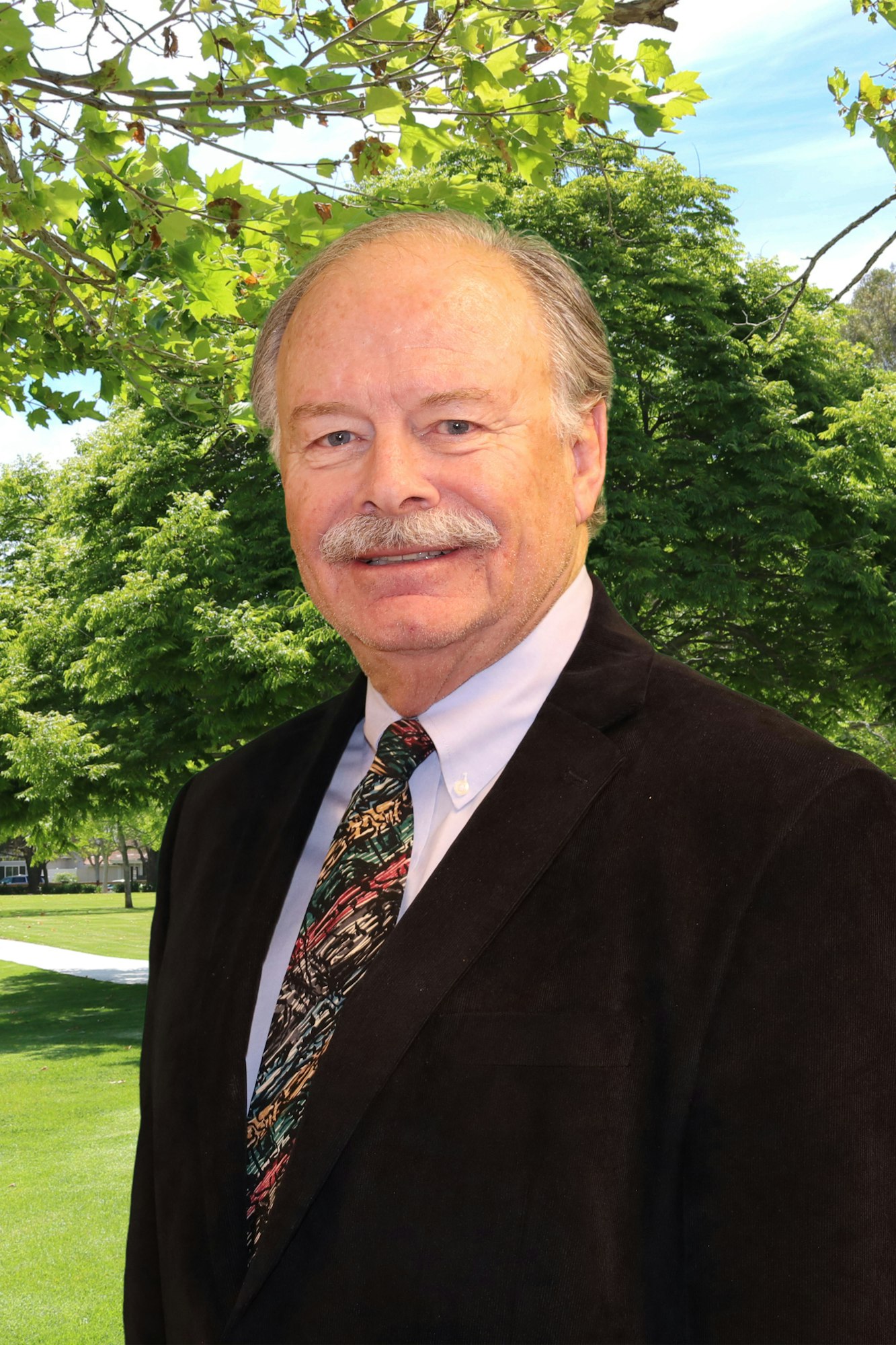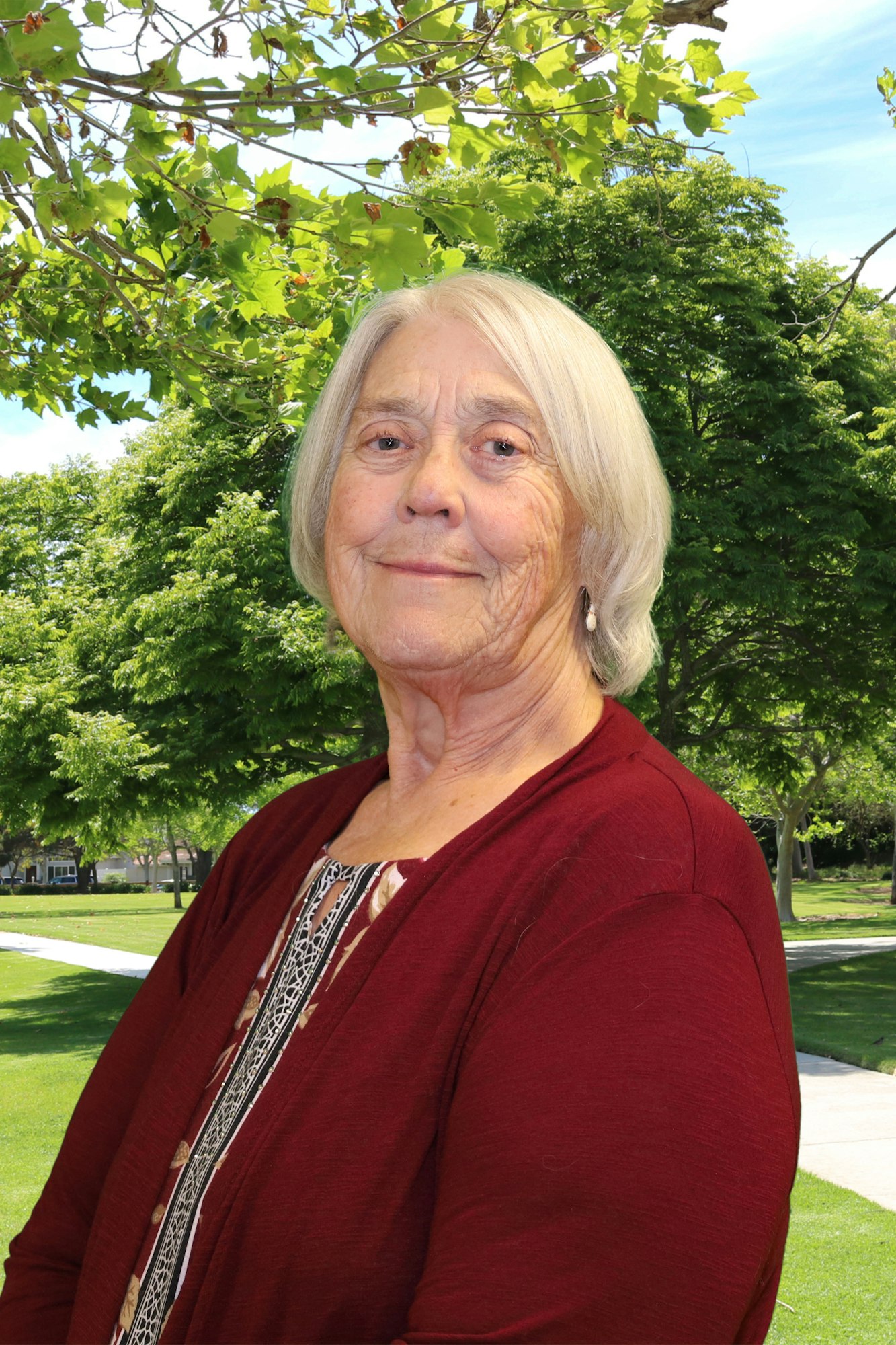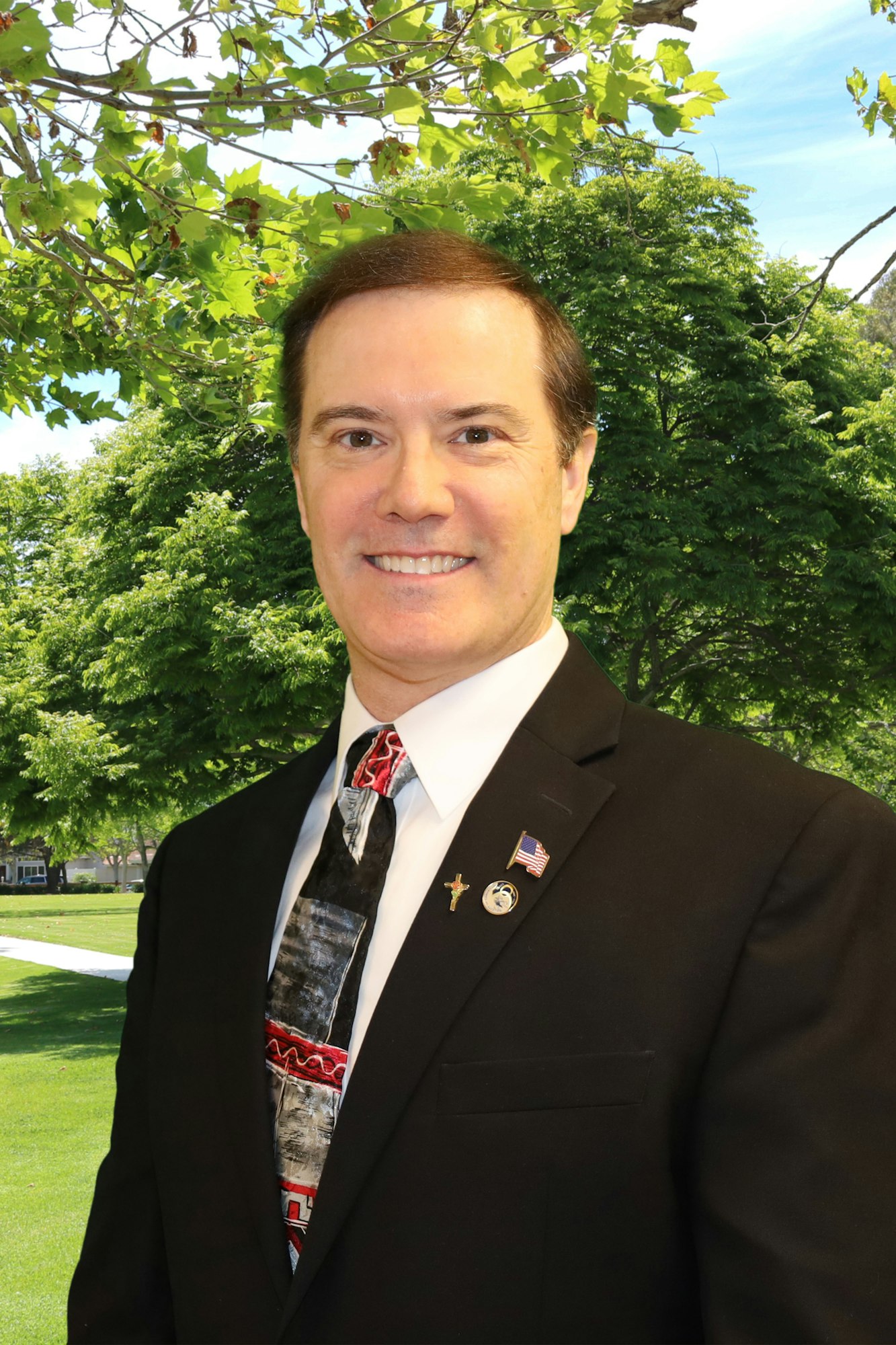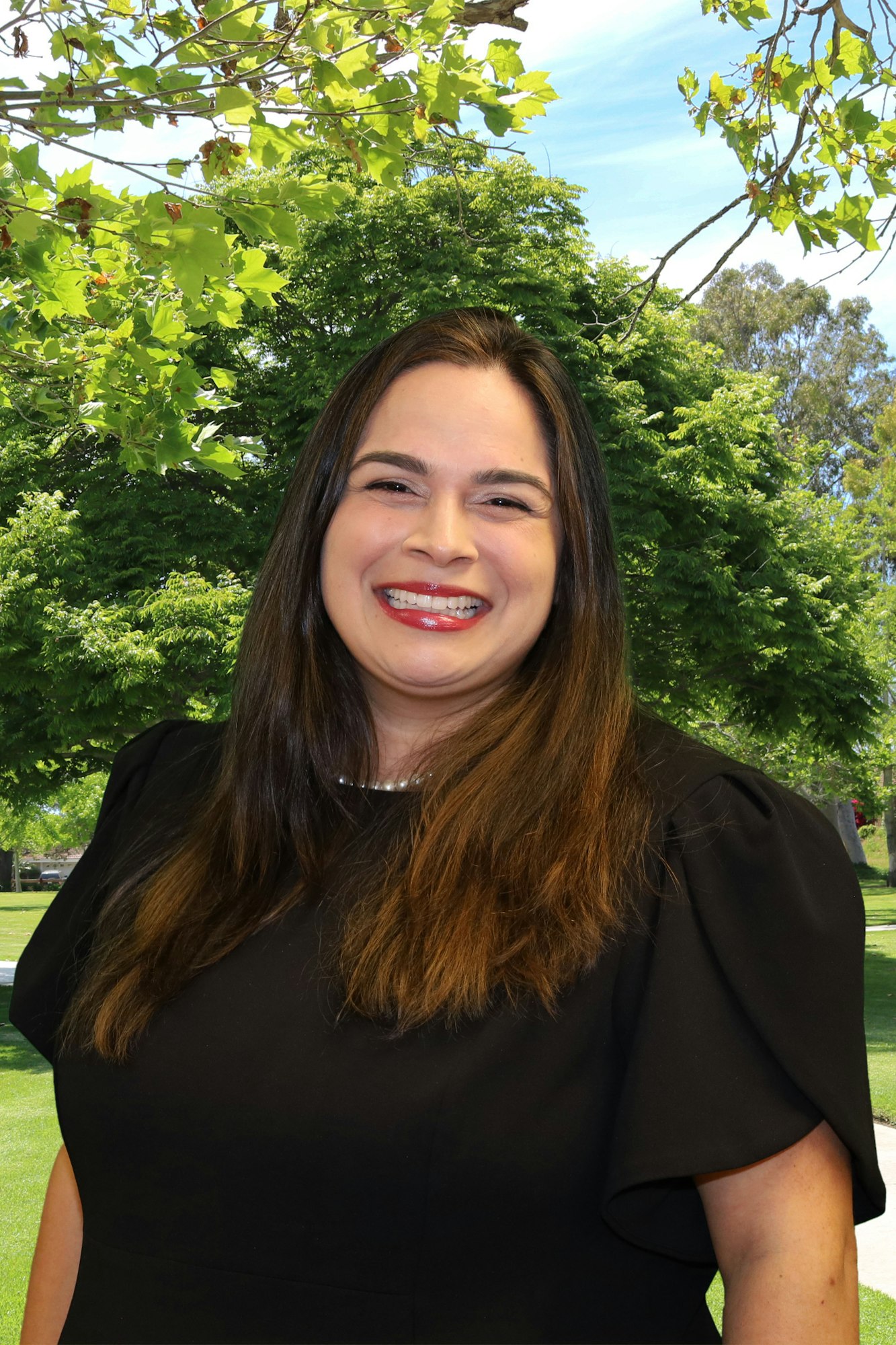Board Members
The Board of Directors meet on the first Wednesday of each month at the Pleasant Valley Senior Center located at 1605 E. Burnley St., Camarillo, unless stated otherwise. The board meetings begin at 6:00 p.m.
Robert Kelley, Chair
District 2
Began Serving: November 2010
Current Term: 2022-2026
Appointing Authority: County of Ventura Election Division
Email: directorkelley@pvrpd.org
Elaine Magner, Vice -Chair
District 4
Began Serving: November 2010
Current Term: 2022-2026
Appointing Authority: County of Ventura Election Division
Email: directormagner@pvrpd.org
David Schlangen, Secretary
District 5
Began Serving: December 2024
Current Term: 2024-2028
Appointing Authority: County of Ventura Election Division
Email: directorschlangen@pvrpd.org
Nick Fernandez, Director
District 1
Began Serving: December 2024
Current Term: 2024-2028
Appointing Authority: County of Ventura Election Division
Email: directorfernandez@pvrpd.org
Bev Dransfeldt, Director
District 3
Began Serving: 2020
Current Term: 2024-2028
Appointing Authority: County of Ventura Election Division
Email: directordransfeldt@pvrpd.org
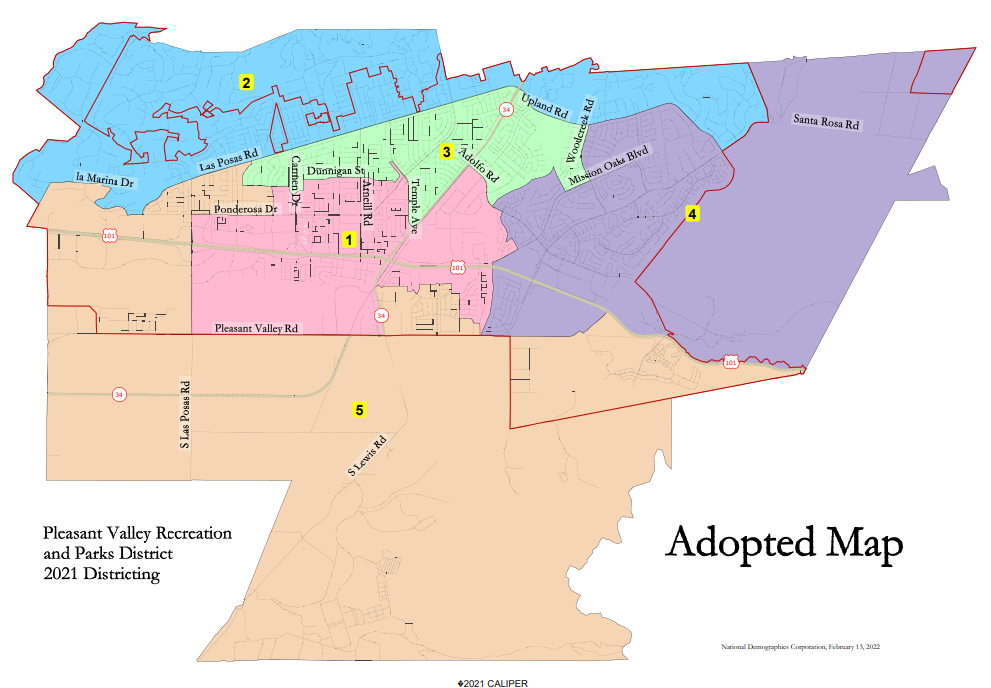
Interactive Review Map
The Interactive Review Map is the most detailed way to view each draft map. On the easy-to-use map, you can view all of the draft plans, zoom in and out to see the map details, or enter an address to zoom to that point.
Regular Board Meetings are held on the first Wednesday of the month at 6pm, at the Pleasant Valley Senior Center, 1605 E. Burnley St., Camarillo, next to the District's Administrative Office, unless stated otherwise.
Most Special Meetings and Committee Meetings are held at the District's Administrative Office at 1605 E. Burnley St, Camarillo.
District Board meetings are again open to the public. While Board meetings are open to the public, the District encourages the public to view meetings from home via online. Regular meetings will be livestreamed on the District's YouTube channel when available and recorded for access to view post meeting. Public comment is only available in person at this time.
View agendas here
The Board of Directors serve on various District committees, including;
- Committees – Finance, Liaison, Long Range Planning, Personnel and Policy
- Ventura County Special District Association/California Special District Association
- Ventura County Consolidated Oversight Board
- Santa Monica Mountains Conservancy
- Ad Hoc Committees
Committee meetings are held at the District's Administrative Office, located at 1605 E. Burnley St., Camarillo. Committee meetings are open to the public. Meetings are not live streamed.
Committees are assigned to Board of Directors:
| Committee | Meeting Date | Time | Board of Directors |
|---|---|---|---|
| Finance | 3rd Wednesday of the month | 3:00pm | Director Dransfeldt & Director Magner |
| Personnel | 4th Wednesday of the month | 3:00pm | Director Kelley & Director Fernandez |
| Policy | 4th Thursday of the month | 2:30pm | Director Dransfeldt & Director Magner |
| Liaison: City of Camarillo | As needed | TBA | Director Dransfeldt & Director Magner |
| Ad Hoc | As needed | TBA | Director Dransfeldt & Director Magner |
| Long Range | 2nd Wednesday of every month | 2:00pm | Director Fernandez & Director Schlangen |
| Ad Hoc-Pickleball | As needed | TBA | Director Dransfeldt & Director Magner |
| Foundation Liaision | 2nd Wednesday of the month | 5:30pm | Director Schlangen |
General Municipal Elections are held the first Tuesday, following the first Monday, in November of even-numbered years. General Municipal Elections are for the election of District Board Members. The District board is a five-member Board, and members serve four-year terms of office.
November Election
Divisions to be filled: Three members of the District Board: Division 1, Division 3, and Division 5 (each four-year terms) Division Map.
Obtaining and Filing Nomination Papers: The nomination papers can be obtained and filed with the County of Ventura Election Division (Nomination Papers). The filing period is between July and August.
Sign Regulations
The City of Camarillo’s Sign code provides provisions regarding “noncommercial signs” or “political signs” that may be posted with campaign or political messages during an election period. However, campaign signage is never permitted on District lands. Signs must comply with City of Camarillo code regulations.
Voting Locations:
Ventura County Elections Division installed Ballot Drop Boxes in several locations in Camarillo. Voting Centers will open 10 days prior to an election. The Ballot Drop Boex, when open for ballots, and Vote Center locations are considered polling places and are subject to electioneering restritions within the immediate vicinity as stipulated in California Elections Code Section 319.5 (https://leginfo.legislature.ca.gov/faces/codes_displaySection.xhtml?sectionNum=319.5.&lawCode=ELEC).
Candidate Qualifications
To run for an elected Board of Director position for the Pleasant Valley Recreation & Park District Board, a candidate must be:
- A United States Citizen, and
- 18 years old on or before election day, and
- Registered to vote in the Division of the office sought at the time the nomination papers are issued.
Board of Director General Information
The Board of Directors generally meets on the first Wednesday of each month at 6:00 pm at the City of Camarillo Council Chambers located at 601 Carmen Drive. Closed session meetings typically start at 5:00 pm.
The Board of Directors of Pleasant Valley Recreation and Park District also serve on various District committees, including;
- Committees – Finance, Liaison, Long Range Planning, Personnel and Policy
- Ventura County Special District Association/California Special District Association
- Ventura County Consolidated Oversight Board
- Santa Monica Mountains Conservancy
- Ad Hoc Committees
- Foundation for Pleasant Valley Recreation and Parks
Committee meetings meet either monthly or every other month., and Special Board meetings are scheduled as needed and typically take place at the District office located at 1605 E. Burnely Street.
Board Members are also expected to attend various public functions.
Election Information
- Candidate Filing & Election Calendars
- Fair Political Practices Commission
Division Based Election FAQ's
What’s the difference between “at large” elections and “division” elections?
We currently have an at-large election system, where voters of the entire Pleasant Valley Recreation and Park District elect all members of the Board of Directors. “By-division” elections divide the jurisdiction into geographic districts. Voters in each district choose their Board of Directors, who must also live in that division.
How have other cities/special districts responded to the threat of litigation under the CVRA?
Nearly every other city and special district has changed its election method, voluntarily or by court order. Agencies that have attempted to defend their at-large election systems have incurred significant legal costs. Here are a few examples of the legal costs that other cities paid defending their at-large systems: Palmdale $4.7 million, Modesto $3 million, Anaheim $1.1 million, Santa Barbara $600,000, and West Covina $220,000.
How will creating voting divisions affect me?
If approved, every four years registered voters in the Pleasant Valley Recreation and Park District will have the opportunity to vote for a candidate for the Board of Directors that lives in their division. Registered voters will not be able to vote for Board candidates from divisions in which they do not reside.
What are the Federal and California Voting Rights Acts?
The Federal Voting Rights Act (FVRA) was adopted in 1965 and is intended to protect the rights of all citizens to participate in the voting process. The CVRA was passed in the California State Legislature in 2001, based on the Legislature’s belief that minorities and other members of protected classes were being denied the opportunity to have representation of their choosing at the local level because of a number of issues associated with at-large elections. Upon a finding of a violation of the CVRA, the act requires that “the court shall implement appropriate remedies, including the imposition of district-based elections that are tailored to remedy the violation.” As such, the default remedy and the clearly identified remedy by the Legislature is district-based elections.
What is the CVRA?
The California Voting Rights Act (CVRA) prohibits the use of any election system “that impairs the ability of a protected class to elect candidates of its choice or its ability to influence the outcome of an election.” Jurisdictions can be sued if they elect their governing body using an at-large, from districts, or mixed election system. If the court finds against a jurisdiction, the jurisdiction must change its election system and pay the plaintiff’s attorneys, experts, and other expenses.
How is the CVRA different from the FVRA?
The CVRA was adopted in 2002 and is based upon the Federal Voting Rights Act of 1965 (“FVRA”) with some important differences that make at-large election systems much more susceptible to legal challenges. For a plaintiff to be successful in a claim of violation under the FVRA relating to at-large elections, the plaintiff must show that: 1) a minority group is sufficiently large and geographically compact to form a majority of the eligible voters in a single-member district; 2) there is racially-polarized voting; and 3) there is “white bloc voting” (the term used by the courts reviewing such cases) sufficient usually to prevent minority voters from electing candidates of their choice. If a plaintiff proves these three elements, then the federal court will consider whether, under the “totality of circumstances,” the votes of minority voters are diluted by the at-large election system.
The CVRA removes two of these factors. It eliminates what is known as the “geographically compact” FVRA precondition (e.g., can a majority-minority district be drawn) as well as the “totality of the circumstances” or “reasonableness” test. Because the CVRA eliminates some of the elements that a plaintiff must prove, defending a lawsuit brought pursuant to the CVRA is more difficult to defend against than a claim under the FVRA. As a result of the lower threshold for proving a claim under the CVRA, many jurisdictions have voluntarily switched to district-based election systems instead of facing litigation.
Why haven’t cities/special districts prevailed in challenging these allegations?
The threshold to establish liability under the California Voting Rights Act (CVRA) is considered low. The Federal Voting Rights Act requires four conditions to be met to prove a city/special district is not in compliance. The CVRA only has two condition requirements.
What criteria are used to create election districts?
Many factors may be considered, but population equality is the most important. Other factors include:
· Communities of interest
· Be compact
· Be contiguous
· Have visible (natural and man-made) boundaries
· Include respect for past voter selections
· Plan for future growth
What are communities of interest?
A community of interest is a neighborhood or community that would benefit from being in the same district because of shared interest, view, or characteristics. Possible community features or boundary definitions include:
· School attendance areas
· Natural neighborhood dividing lines such as roads, hills, or highways
· Areas around parks and other landmarks
· City/Special District borders
· Common issues, neighborhood activities or legislative/election concerns
· Shared demographic characteristics, such as:
o Similar levels of income, education or linguistic isolation;
o Ancestry (not race or ethnicity)
o Languages spoken at home
o Percentage of immigrants
o Single-family and multifamily housing units
If election districts are created, who decides the boundaries?
A professional demographer is hired by the District to create proposed division boundaries, with suggestions and feedback from residents. Residents will be able to provide input on boundaries and suggested criteria for creating boundaries. Ultimately, the District Board adopts an ordinance establishing district boundaries.
History of BoardBylaws Resolution 678Board CompensationBoard Decorum Policy

